Categories
Archives
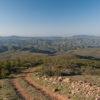
We have all had that moment when looking at a pyrite from Navajún, Spain: “No way are those cubes natural!” Well, if you’d like to adventure to the remarkable place where they do in fact come out of the ground, this post will take you to this beautiful region of Spain, and to the Victoria Mine.
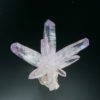
If you could choose anything in the world, imagine for a moment what would you want out of your ideal hobby, pursuit or passion – what would it give you? What if mineral collecting could give you all of these things? If you’ve never thought much about mineral collecting before you may be thinking I’m crazy… but read more and see if you still think so…
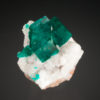
Building a great collection of fine minerals involves a few generally recognized fundamentals, and yet every perspective on this is a little different, with emphasis and focus varying from one to the next. So this is my perspective and I also include a list of great articles at the end of this post…
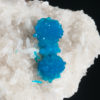
Ok, like anything new, mineral collecting can seem daunting, but there are thousands and thousands of collectors out here and we all started somewhere. So if you are interested, don’t be shy about it! If you find that you have a love for minerals, you will absolutely not be a beginner for long. There are seven easy steps you can take to start on your way…
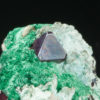
Well, it does… But in more ways than you might think. Yes, larger may be impressive… but large mineral specimens come with other issues, and not only price. I mean how many of us really start out knowing that if we are not careful, the minerals will take our home or demand better living conditions for themselves? Almost every collector wishes that he or she had thought more about this from the outset…
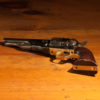
Is the world of mineral collecting and dealing Wild West Economics? If you are buying mineral specimens, being knowledgable and thinking critically when you look at every specimen will make all the difference. The power of suggestive pricing is so seductive… I mean if the price is higher, it just has to be worth more… but often, this is an illusion. Mineral pricing is both objective and subjective, so the best we can do is learn all we can!
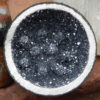
One of the best things about mineral collecting is that so many specimens are so amazing it is hard to believe that they are real and entirely natural. And yet, when it comes to buying minerals, a surprising number of specimens actually aren’t! The good news is that it is easy to become knowledgeable and begin to protect yourself. The lesser news is that there are always tricks out there. So, if you are going to buy mineral specimens, especially from anyone other than dealers you trust, become an expert!
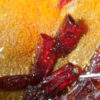
I thought of various titles for this post. “How to Not Kill Your Minerals” sounded a bit harsh, even if that is what this is about and people do it every day. “How Looking After Your Minerals is Like Looking After Your Dog” came close, but seemed a bit long and I really wanted to make sure it was obvious what this post was about. It’s important! Many of your mineral specimens will simply not survive unless you know about this…

So many great mineral reads, so little time… but you’re stranded on a desert island… you have no way of recharging your music player so really how helpful is the game where we all come up with our ten favourite albums? On the other hand, on the island you have a safe place for books and the sun comes up every day so you have light to read. This is my list.
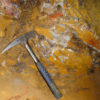
There is nothing cooler or more exhilarating than being in an amazing place in the outdoors or underground, reaching into a freshly opened pocket, and pulling out an awesome crystal specimen that no human eyes have ever seen before. Welcome to mineral collecting at its best…
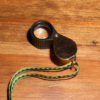
The single most fundamental skill you require, if you want to challenge yourself to become a mineral collector, is the skill to identify minerals. The basics are easy, and once you learn them you never lose them. This is the key to knowing when a mineral specimen is worthy of your collection…
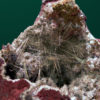
None of us wants to think about the inevitable, let alone plan for it. (“What happens once the last Lord of the Rings/Hobbit movie has been made and there are no more?” No, I mean the other inevitable. We can’t live forever.) Planning for what happens to our mineral collections is a tough and controversial subject. I’m thrilled that Steve Chamberlain, Chairman of the Rochester Mineralogical Symposium, has agreed to share his excellent editorial on Disposing of Your Mineral Collection here. (And check out this Millerite!)


